There’s nothing like a summer road trip. The sights, sounds and wind in your hair carry a sense of freedom only found on the open road. But one thing that can dampen those good vibes is car trouble. Fortunately, a little preparation can help safeguard your road trip from vehicle trouble. Check out the tips below, then head to a mechanic or your own driveway to get your ride as ready as you are to hit the road.
Start With The Tires
Check your tires for wear. Worn tread can lead to unsafe driving conditions.
In the U.S., tire tread depth is measured in 32nds of an inch. New tires typically come with 10/32” or 11/32” tread depths, with some truck, SUV and winter tires having more. The U.S. Department of Transportation recommends replacing tires when tread depth hits 2/32.” Checking if your tread meets the minimum depth is simple – all you need is a penny.
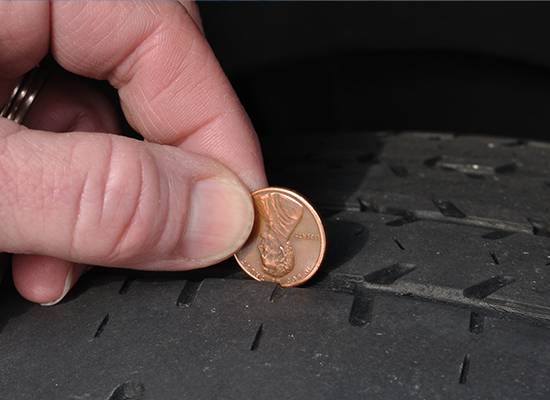
- Place a penny between the tread ribs of your tire with Abe Lincoln’s head pointing into the tread.
- If the top of his head disappears, your tread depth is still greater than 2/32”. If you can see his entire head, replace your tires before hitting the road.
Remember to test in various places around each tire, especially areas that appear worn. Replace your tires if any areas fail the penny test.
Uneven tread wear could be a sign of improper inflation, wheel misalignment or a variety of other things. If you see uneven tread wear, have a technician inspect your vehicle before you head out.
Check tire psi and ensure your valve stem caps are secure before embarking on a summer road trip. It’s also a good idea to check that the lug nuts are properly torqued. Find the proper foot-pounds in your owner’s manual.
And don’t forget the spare. Check for proper air pressure since tires tend to lose pressure as they sit unused.
Mind The Motor Oil
Regular oil changes are critical for vehicle performance and longevity. Before you head far from home, make sure your motor oil can go the distance. Add the estimated miles you will be traveling on your trip to the miles the oil has already accumulated. If you will cross the recommended oil-change interval during your trip, change your motor oil before you leave to ensure your engine has the protection it needs.
A high-quality synthetic is your best bet to protect your engine. A guide to AMSOIL motor oil lines is available here. And don’t forget to change your oil filter with your oil change.
Check The Antifreeze & Coolant
Your engine will get hot during a long trip, especially if you are driving through deserts or over mountain passes. Checking your antifreeze and coolant will help ensure that you don’t overheat and roll to a stop along a remote highway.
Begin by locating the coolant reservoir under the hood near the front or side of the engine. It’s usually transparent with a line near the bottom labelled “cold” and a line near the top labelled “hot.” With the engine cold, remove the reservoir cap and check if the level has dipped below the “cold” line. If so, the mixture is too low.
To avoid serious injury, make sure the engine is cool before opening the reservoir cap. If the engine is still hot, pressurized liquid can spray out of the radiator.
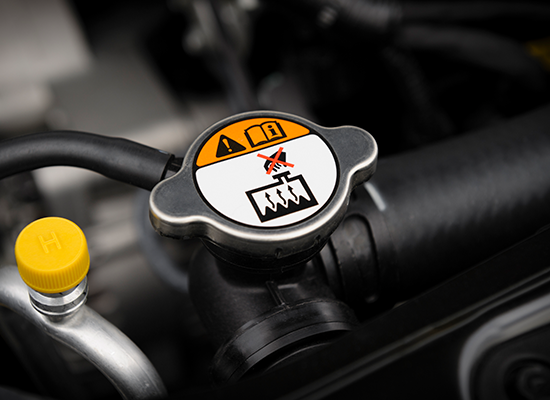
Low coolant is usually the result of a leak. As your vehicle’s hoses, gaskets and seals age, they can become brittle and leak. A leak needs to be found and fixed as soon as possible.
If you don’t know which type of antifreeze and engine coolant to use, check your owner’s manual or use the AMSOIL Product Guide.
If you see sludge in the fluid, you should have the system flushed and upgrade to a quality antifreeze and coolant.


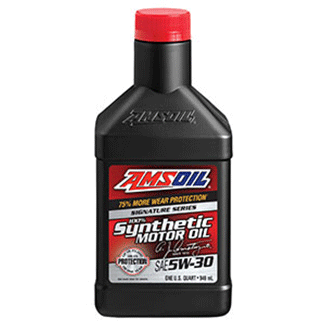
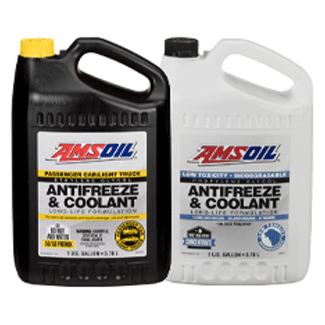
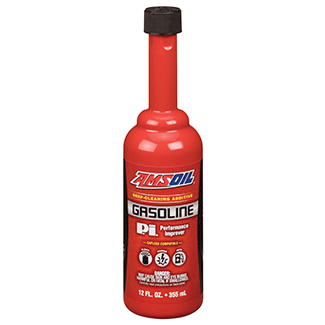


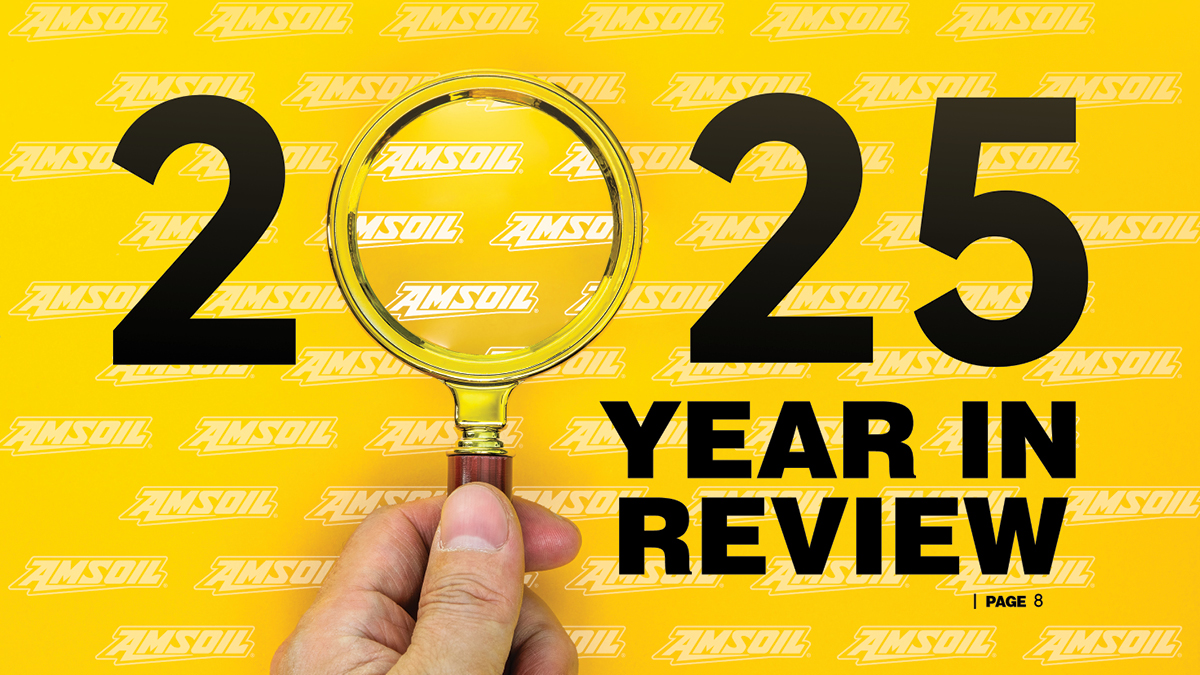
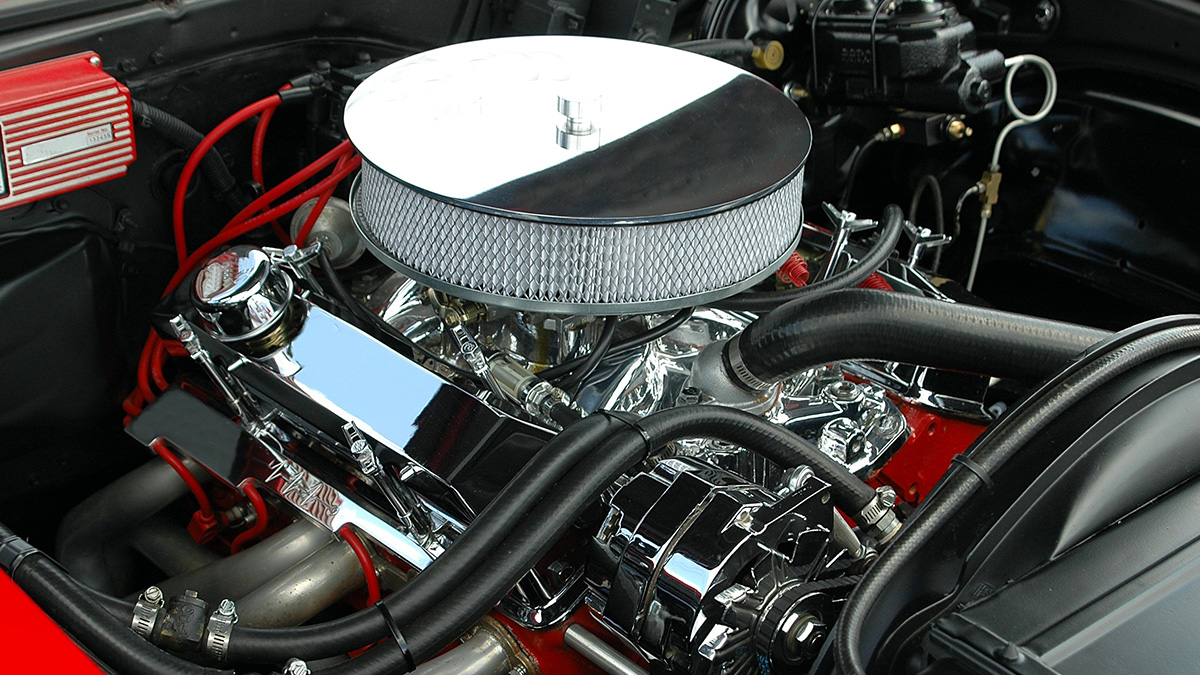

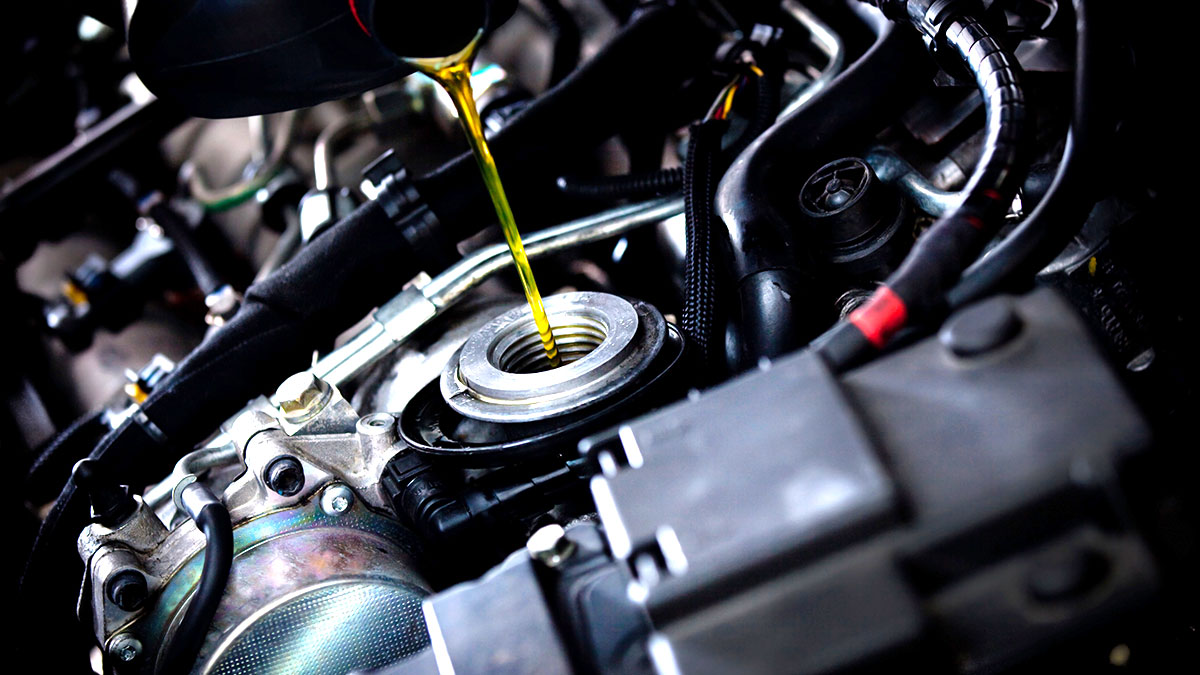
Comments
Brad Nelson is a staff writer for AMSOIL. Outside of work he enjoys family adventures, wilderness exploration and riding/wrenching on vintage metric motorcycles.
Share: